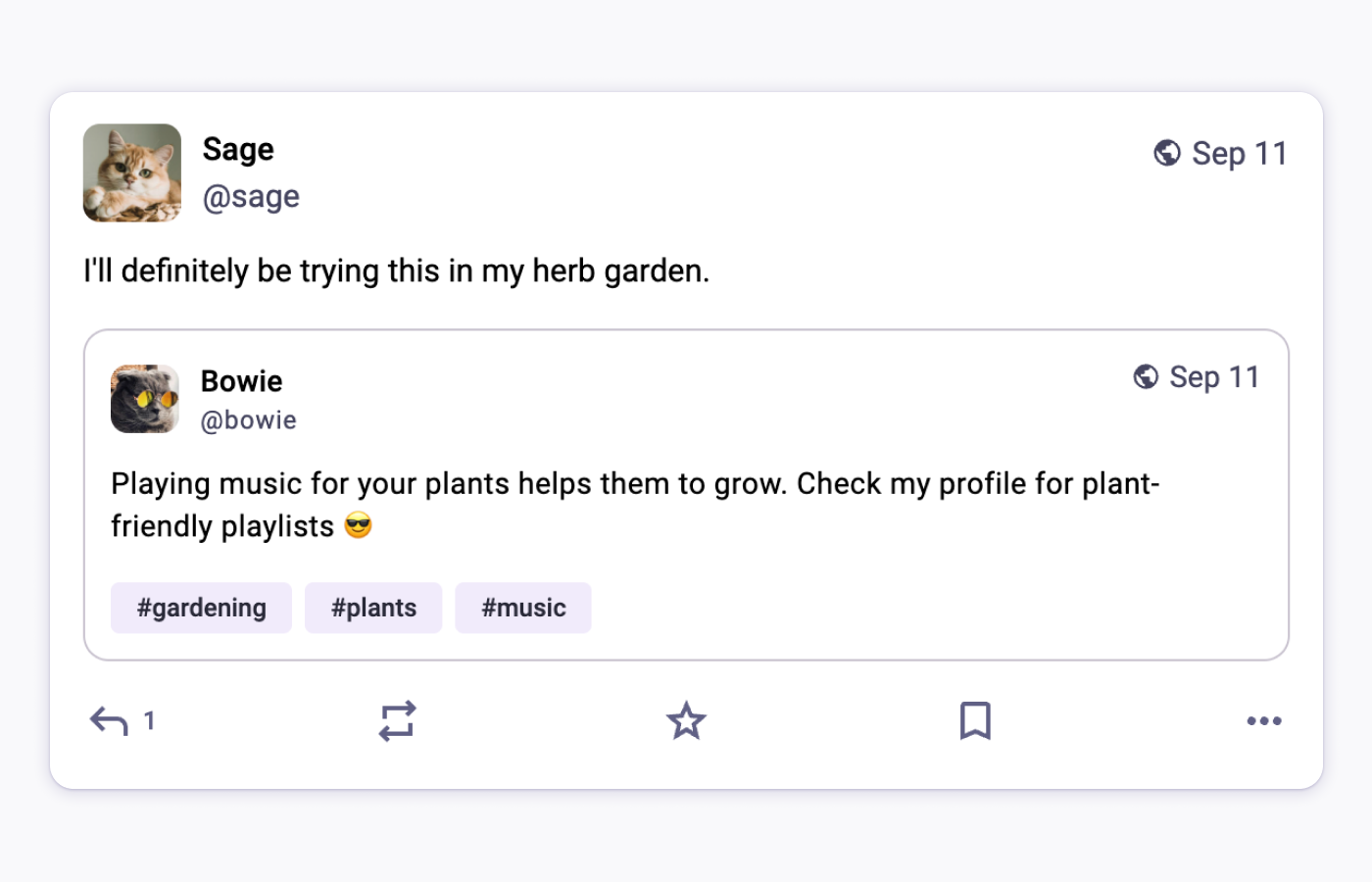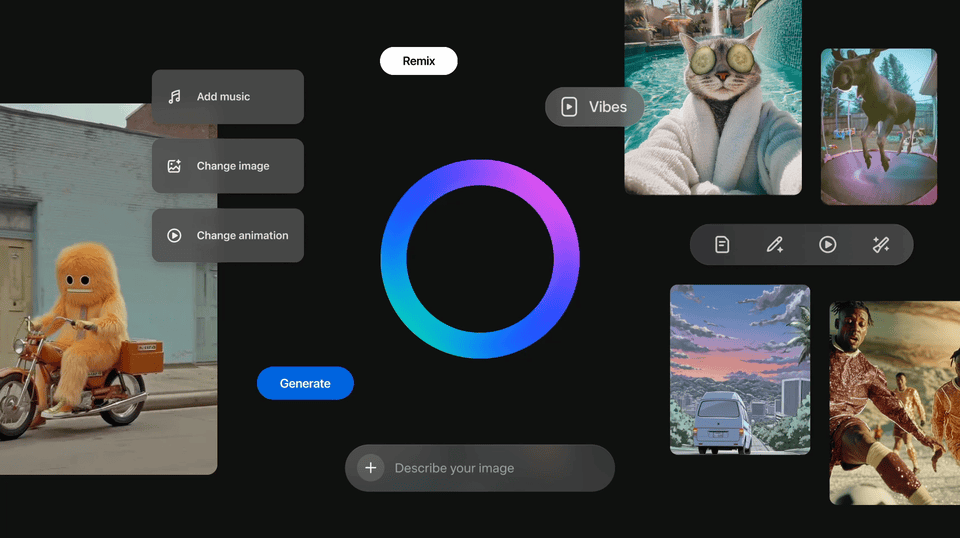Tech News Today feels like a split-screen: on one side, platforms racing to turn everything into AI-generated video and conversational assistants; on the other, the old, boring foundations—spectrum, operating systems, security patches—quietly deciding who actually has power and who actually stays safe.
The spectacle is new, the underlying trade-offs are not.
Daily technology news update: November 7, 2025
If you zoom out, today’s stories read less like a feed and more like an instruction manual for how tech wants the next decade to work. OpenAI and Meta are flooding phones with generative video toys, betting that “AI slop” is still sticky enough to monetize. ChatGPT is morphing into a universal interface for other companies’ services. Spotify and Amazon are squeezing more value out of user habits and back catalogs. Meanwhile, SpaceX is buying spectrum at national-carrier scale, Android is shipping a “do not delay this” critical patch, and Huawei is trying to climb China’s charts while trapped inside its own ecosystem experiment.
Convenience gets wrapped in AI branding, while the real leverage sits with whoever controls the networks, the defaults, and the updates.
Sora’s Android surge shows AI video slop still has plenty of gravity
OpenAI’s Sora hit roughly 470,000 installs on day one of its Android debut, with about 296,000 of those downloads coming from U.S. users, according to Appfigures. That’s more than four times the revised day-one figure for iOS—around 110,000 installs—though the iOS app later crossed 1 million installs in its first week and still sits high on the U.S. App Store’s free charts. The mismatch is mostly about reach: the iOS app started invite-only in the U.S. and Canada, while Android launched without an invite in the U.S., Canada, Japan, South Korea, Taiwan, Thailand, and Vietnam after OpenAI relaxed access in late October. Functionally, Sora is short-form video plus generative shock value: a TikTok-style vertical feed where prompts and a Cameos feature turn your likeness (and your friends) into endlessly remixable clips. The install numbers, especially after the initial iOS hype cycle, suggest the appetite for algorithmically churned video hasn’t peaked; if anything, we’re normalizing the idea that your image is just another raw material for the feed.
Mastodon bolts quote posts onto the fediverse but tries to blunt the dunk reflex
Mastodon’s 4.5 update finally introduces quote posts, the feature that helped turn X’s timelines into a permanent call-out theatre, but the implementation arrives wrapped in guardrails. Users can decide who is allowed to quote them—anyone, followers only, or nobody—and where those quotes surface, including a “quiet public” setting that keeps them out of search, trends, and public timelines. The platform will notify you when you’ve been quoted, gives you the ability to pull your original post from a quote, and lets blocks automatically shut down future quoting. Admins also get more control over feeds and moderation views, plus native emoji land in the web interface. For a network with roughly 8 million sign-ups and about 670,000 monthly active users inside a 12-million-strong fediverse, this is less about catching up with X and Threads on features and more about declaring a different set of values: you can have the engagement mechanics without automatically turning every quote into a weapon.

Image: Mastodon
BMW’s Alexa+ deal turns the car into another Amazon listening post
BMW is becoming the first automaker to wire Amazon’s Alexa+ into its in-car assistant, trading rigid command trees for something closer to a chatty co-pilot that knows where you are and what you’re doing. The system fuses Amazon’s large-language models, running on AWS and Bedrock, with BMW’s driving context so drivers can say things like “find a charger, play my road trip playlist, and turn on the lights at home” in a single breath. Officially, BMW keeps its own brand and interface while Alexa+ hides underneath; unofficially, the car becomes one more Alexa surface tied into your home devices, media habits, and location history. Availability will roll out to select models “soon,” with no precise list or dates yet. As vehicles shift toward software-defined platforms, this kind of deal is a preview: your dashboard stops being a neutral control panel and becomes another client in a much larger cloud ecosystem, where convenience and surveillance are bundled as a single feature.
A single Android bug turns Samsung’s November patch into non optional homework
Google has disclosed CVE-2025-48593, a critical vulnerability in Android’s System component that allows remote code execution with no extra privileges and no user interaction—the exact scenario where “I just had my phone on the table” becomes a plausible incident report. Details are being held back until patches spread, but Samsung’s November security update already folds in the fix, alongside a stack of other high-severity corrections. Oddly, the update is first rolling out to the Galaxy A17 5G instead of the flagship Z and S lines, reinforcing how uneven Android’s patch choreography can be across models, regions, and carriers. At the same time, the Galaxy S20 FE quietly ages out of support after five years, joining a vast pile of Android devices that will never see another security bulletin. Estimates put roughly a billion Android phones in that unsupported category. Today’s bug is a reminder that for a huge part of the user base, “update now” is no longer an option—it’s a privilege.
Kindle Translate offers free AI translations while quietly rewriting the economics of literary work
Amazon’s Kindle Translate enters beta as a free AI translation service for Kindle Direct Publishing authors, promising to move titles between English and Spanish in both directions, and from German into English. The company notes that fewer than 5% of its catalog exists in multiple languages, framing the tool as a way to unlock dormant demand rather than as an experiment in cost cutting. Authors can preview AI output, pick target languages, set pricing, and publish via KDP; translated books can still join KDP Select and Kindle Unlimited, a strong hint that Amazon wants AI-translated material to circulate in its most visible programs. Amazon admits non–bilingual authors will still need human reviewers to catch errors and nuance, even as it claims translations are “automatically evaluated for accuracy” without explaining the mechanism. For indie writers, this is a way to test new markets without writing a four-figure check to a human translator. For translators, it’s another escalation in a familiar story: the platforms are happy to absorb your craft into their margins as soon as the machines are “good enough.”

Image: Amazon
Spotify’s weekly listening stats turn self surveillance into a shareable hobby
Spotify is rolling out a “Listening stats” tab to free and premium users in 60 countries, turning weekly listening behavior into a kind of mini Wrapped you can check every few days instead of every December. Tucked behind your profile image, the feature surfaces your top artists and songs for the week, highlights “milestones” and discoveries, and packages them into graphics meant to be shared via Instagram, WhatsApp, or inside Spotify’s own messaging. A button on the page spins that telemetry into a new playlist, blending your liked tracks with recommendations inferred from your recent habits. The company stresses that the annual Wrapped recap isn’t going anywhere; this simply fills in the gaps. The subtext is that your attention history is no longer just something Spotify tracks—it’s a product the company hands back to you as content. You don’t just listen; you curate your own listening patterns as part of your online identity, and in the process you feed Spotify yet more signals to optimize against.
ChatGPT’s Peloton and Tripadvisor tie ins push it deeper into operating system territory
ChatGPT’s latest integrations—Peloton and Tripadvisor, with Uber and DoorDash waiting in the wings—are another step in its evolution from chatbot to meta-interface. With Peloton, users can design workouts without opening the dedicated app; with Tripadvisor, they can sketch out trips, browse options, and assemble itineraries directly in the chat window. On paper, these are just convenience features that save a few taps. In practice, every new integration trains users to treat ChatGPT as the first stop for getting something done, not as a tool you occasionally consult. The more services that plug into this ecosystem, the more OpenAI sits between you and the underlying brands, mediating what you see, in what order, and with what spin. It’s a familiar playbook from mobile operating systems and app stores, just wrapped in conversational UX: reduce friction, centralize discovery, then quietly become the layer nobody can route around.
Meta’s Vibes expands in Europe, betting that users will scroll AI video even if they complain about it
Meta’s Vibes, a feed of AI-generated short videos inside the Meta AI app, is now available to European users, six weeks after its U.S. debut. The feature lets people create clips from prompts or remix existing videos with new visuals, music, and styles, then share them to a dedicated Vibes feed, to friends, or across Instagram and Facebook Stories and Reels. Meta describes this as “social and collaborative,” emphasizing remix culture and co-creation, even as it publicly urges creators to prioritize “authentic storytelling” over generic AI output. Early reactions to CEO Mark Zuckerberg’s announcement were openly hostile—“gang nobody wants this” and complaints about “AI slop” on his own app—but Meta says media generation inside the Meta AI app has increased tenfold since launch. The contradiction is the point: people may dislike what generative video does to their feeds and still use it anyway. Meta’s bet is that once AI content crosses a certain threshold of volume and convenience, “authenticity” becomes more of a branding problem than a technical one.

Video: Meta
SpaceX buys spectrum like a carrier as Starlink tries to own the sky and the last mile
SpaceX is spending another $2.6 billion on wireless spectrum from EchoStar, on top of a previous $17 billion deal, as Starlink passes 8 million customers and inks new airline contracts. The fresh licenses are aimed at Starlink’s “direct to cell” service, which will initially give T-Mobile subscribers satellite-backed 5G connectivity, effectively positioning Starlink as a mobile network operator that happens to live in orbit rather than on towers. The sale follows political pressure on EchoStar from both the Federal Communications Commission and the Trump administration, including reports that Donald Trump personally pushed the company’s CEO to sell. EchoStar has also unloaded $23 billion of spectrum to AT&T, abandoning its own direct-to-device ambitions in the process. Meanwhile, the aviation side keeps snowballing: International Airlines Group plans to outfit more than 500 aircraft across British Airways, Iberia, Aer Lingus, and others with Starlink starting in 2026, adding to earlier deals with Hawaiian, United, and Qatar Airways. What started as a scrappy constellation for rural broadband now looks more like a vertically integrated telecom incumbent in the making—just one that no regulator can point to on a map.
Huawei climbs back to second place in China while HarmonyOS still feels like a work in progress
Huawei has clawed its way to the second spot in China’s Q3 2025 smartphone rankings, thanks largely to the Nova 14 series, even as the overall market shrank 2.7% and its own sales slipped 2.6% year over year to a 16.4% share. Vivo remains on top despite a 5.9% decline, driven by the S30, X200, and Y300 lines, while Xiaomi sits close behind Huawei with 16.2% share and modest growth. OPPO has 15.4% of the market after a 2.1% rise, and Honor’s 8.1% drop still leaves room for its X70 series to carve out a niche at the low end with an 8300mAh battery. For Huawei, the catch is software: high-end Mate 70 and Pura 80 phones underperformed their predecessors, and HarmonyOS NEXT still suffers from ecosystem gaps that limit its appeal beyond loyalists. The planned Mate 80 devices with HarmonyOS 6.0 are supposed to close that gap just as the iPhone 17 arrives in Q4.
VIA: DataConomy.com









